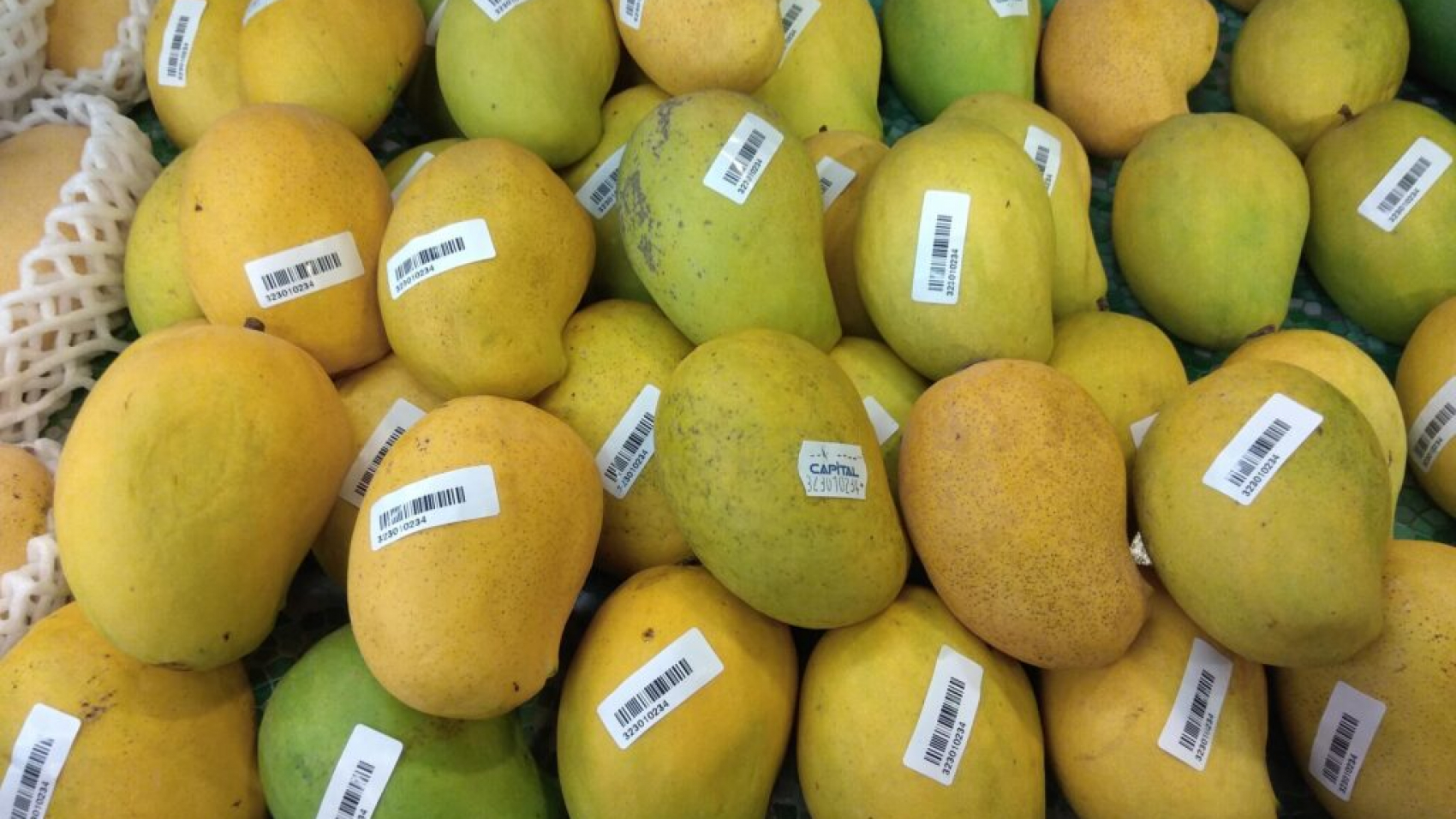Export prices of the Seintalone mango to China dropped to about 130 yuan per 16-kilogramme basket at maximum and 60 yuan at minimum, said Sai Khin Maung from the Khwanyo fruit wholesale centre. The price of Seintalone mangoes touched a high of 160 yuan per basket at the beginning of the season.
“Those Seintalone mangoes from Yaksawk, Pinphyit, Pindaya, Taungtalone and Taungni Pa-O areas in southern Shan State fetched high price this year. The price hit the maximum of 160 yuan at the beginning of the harvest season. The price went down to the maximum rate of 130 yuan and the minimum of 60-70 yuan per basket,” he said. At present, Seintalone from Katha and Htigyaing areas are increasingly flowing into the market. Yet, transport delays and weak points in handling perishable commodities make some mangoes spoil and rot faster.
This way, the price plummeted, he elaborated. Only a small volume of Shwehintha mango variety is left to be shipped for now. The price is around 100 yuan and below. Additionally, China’s Seintalone mango will enter the market in the last week of June. It is hard for Myanmar mango to acquire market share. Therefore, the traders are advised to observe the market thoroughly before shipment, Sai Khin Maung expressed his opinion. “Market share for Myanmar’s mango will shrink owing to the entry of China’s Seintalone mango at the end of June. Traders have to closely observe the market condition. Quality and weight evaluate the price. If fresh mango meets quality criteria, they will be offered high price in China’s market,” he added.
Mango growers slashed agricultural input costs and caused quality degradation during this mango season. Therefore, some mango had postharvest diseases such as stem-end rot and black spot in the fruit. Consequently, Seintalone mango received a lower price in China due to poor quality, and some traders cannot cover the general cost. Although there are about 200 mango varieties in Myanmar, Seintalone, Shwehintha, Padamyar Ngamauk, Yinkwe and Machitsu varieties are primarily and grown. The foreign market prefers Seintalone varieties. Ayeyawady Region possesses the largest mango plantation acres, having about 46,000 acres. Bago Region is the second-largest producer with 43,000 acres and Mandalay has 29,000 acres of mango. There are over 24,000 acres in Kayin State, over 20,400 acres in Shan State and over 20,000 acres in Sagaing Region, according to the association.
Source: The Global New Light of Myanmar

